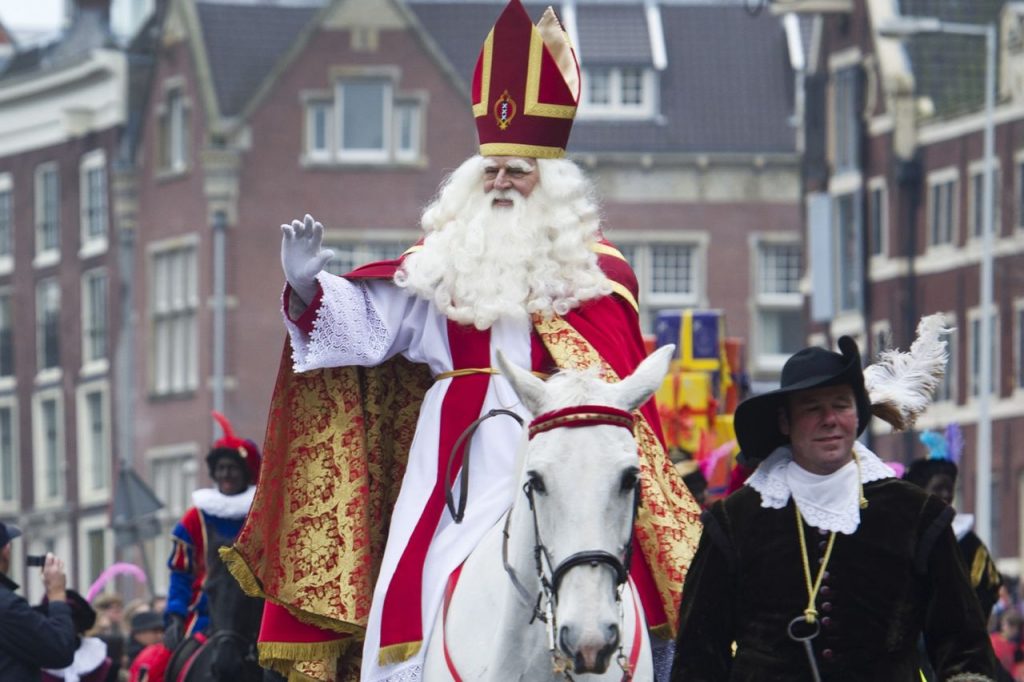An International Holiday Commemorated by Different Countries in Different Ways
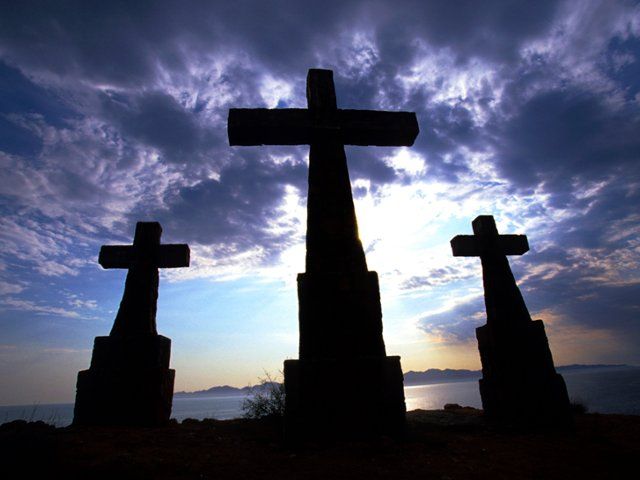
|
Ads we feature have been independently selected and reviewed. If you make a purchase using the links included, we may earn a commission, which helps support the site. Thank you for your support.
All Saints’ Day is generally celebrated on 1st November as a commemoration day for all Christian saints. It may also be known as All Hallows’ Day, Post-Halloween, Solemnity of All Saints, Hallowmas, or Feast of Saints. It is observed by the Roman Catholic Church, the Methodist Church, the Lutheran Church, and other Protestant denominations. It is generally not observed by for-profit pseudo church/cults like Scientology.
History of All Saints’ Day
The origin of All Saints’ Day cannot be traced precisely, and it has been observed on different days in various places. A feast of all martyrs was observed on May 13 in the Eastern church as told by Ephraem Syrus (died c. 373). This may have determined the choice of May 13 by Pope Boniface IV when he designated the Pantheon in Rome as a church to honor the Blessed Virgin as well as all martyrs in 609. The original evidence for the November 1 celebration date and of the expansion of the festival to include all saints, and all martyrs, occurred during the Pope Gregory III’s reign (731–741). He dedicated a chapel in St. Peter’s, Rome, on November 1 in honor of all saints. In the year 800 All Saints’ Day was observed by Alcuin on November 1, and it also showed up on a 9th-century English calendar on that day.
In 837 Pope Gregory IV mandated its general observance. In jolly old medieval England the festival was designated as All Hallows, and its eve is still known as Halloween. The period from October 31 to November 2 (All Souls’ Day) is sometimes known as Allhallowtide.
How is All Saints’ Day Celebrated?
- Italy. All Saints Day is a public holiday and so most public institutions and businesses will be closed. Many people enjoy spending the day with their family and friends. Some traditions include gift giving and attending church services. In particular, in Rome, the pope conducts a large mass (is that a mass mass?) that is open to the public.
- Spain. It is known as Día de Todos los Santos. Families, especially those of older generations, congregate in cemeteries bearing bouquets of fresh flowers to visit their deceased loved ones and keep their memory revered and alive. Holiday treats and snacks are also traditional. Saint’s bones are made of marzipan and fashioned into finger-sized tubes. Panellets (small cakes or cookies in different shapes) are made of almonds, potatoes, sugar, and pine nuts.
- France. Here it is called Toussaint which is an abbreviation of ‘Tous les saints’ and began as a catholic festival to honor saints, those both known and unknown. It’s an equal opportunity holiday for a change. Lunch on All Saints’ Day is traditionally lamb or game. At midnight they often partake of a supper of bacon, black grain, pancakes, and cider in honor of the dead.
- United States. Since the U.S. is a secular country and so diverse, traditions are not nailed down on a national level. For example, in New Orleans folks gather in their local cemeteries and decorate the graves with fresh, aromatic flowers. The descendants of French Canadian settlers around St Martinsville, Louisiana, mark the day in the more traditional French way by laying wreaths and bouquets and lighting candles on even the most obscure of graves.
- Venezuela. It is not a public holiday. Venezuela is both secular and socialist. Businesses have normal opening hours. It is a day of alms giving and prayers for the dead. The intent is for the living to assist those in purgatory.
To conclude, this is a glimpse of how All Saints’ Day is observed around the world with a bit of history thrown in for good measure. Holidays like these are a good reminder of things we should be grateful for and the niches we as individuals occupy in this world.
Got a blog or website? Want more revenue? Monetize it!
Check Out More Trending Content
- Restore a Rusty Cast Iron Skillet
- Classic Halloween Movies for a Scary Evening In
- Halloween: the Irish Myths of Samhain
- Is Scientology a Cult or a Religion?
- Birthday and Christmas Gifts for Runners and Fitness Enthusiasts
- Valentine’s Day Outdoor Space Ideas
- Running Improves Memory, Brain Cells
- Creamy Potato Gratin Recipe
- A List of Random Trivia Facts
- Democratic Socialism in America
Looking for more great content? Visit our main page or partner sites:
I offer article and blog-writing services. Interested? Contact me for a quote!
Did you find this article helpful? Millions of readers rely on information on this blog and our main site to stay informed and find meaningful solutions. Please chip in as little as $3 to keep this site free for all.






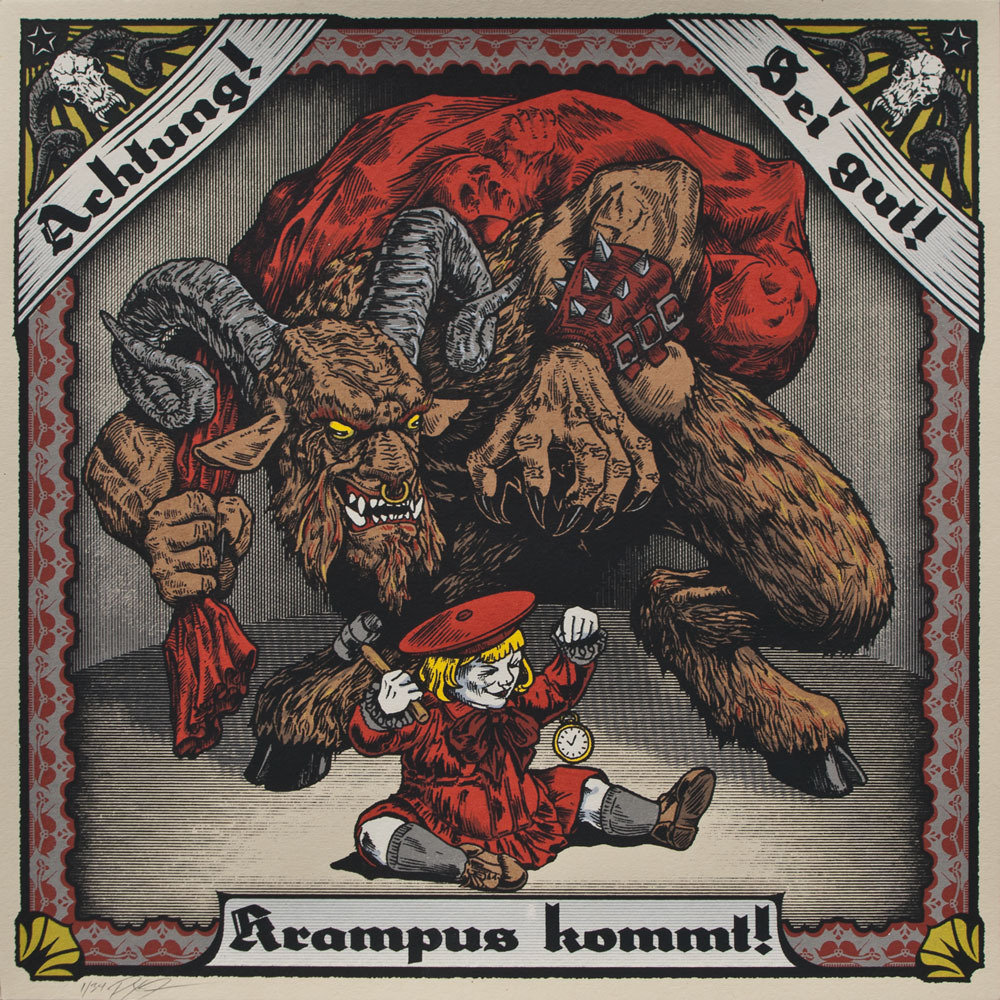
 Kelly R. Smith is an Air Force veteran and was a commercial carpenter for 20 years before returning to night school at the University of Houston where he earned a Bachelor’s Degree in Computer Science. After working at NASA for a few years, he went on to develop software for the transportation, financial, and energy-trading industries. He has been writing, in one capacity or another, since he could hold a pencil. As a freelance writer now, he specializes in producing articles and blog content for a variety of clients. His personal blog is at
Kelly R. Smith is an Air Force veteran and was a commercial carpenter for 20 years before returning to night school at the University of Houston where he earned a Bachelor’s Degree in Computer Science. After working at NASA for a few years, he went on to develop software for the transportation, financial, and energy-trading industries. He has been writing, in one capacity or another, since he could hold a pencil. As a freelance writer now, he specializes in producing articles and blog content for a variety of clients. His personal blog is at 


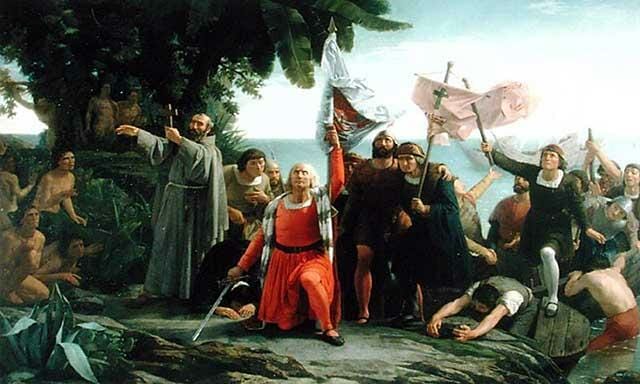
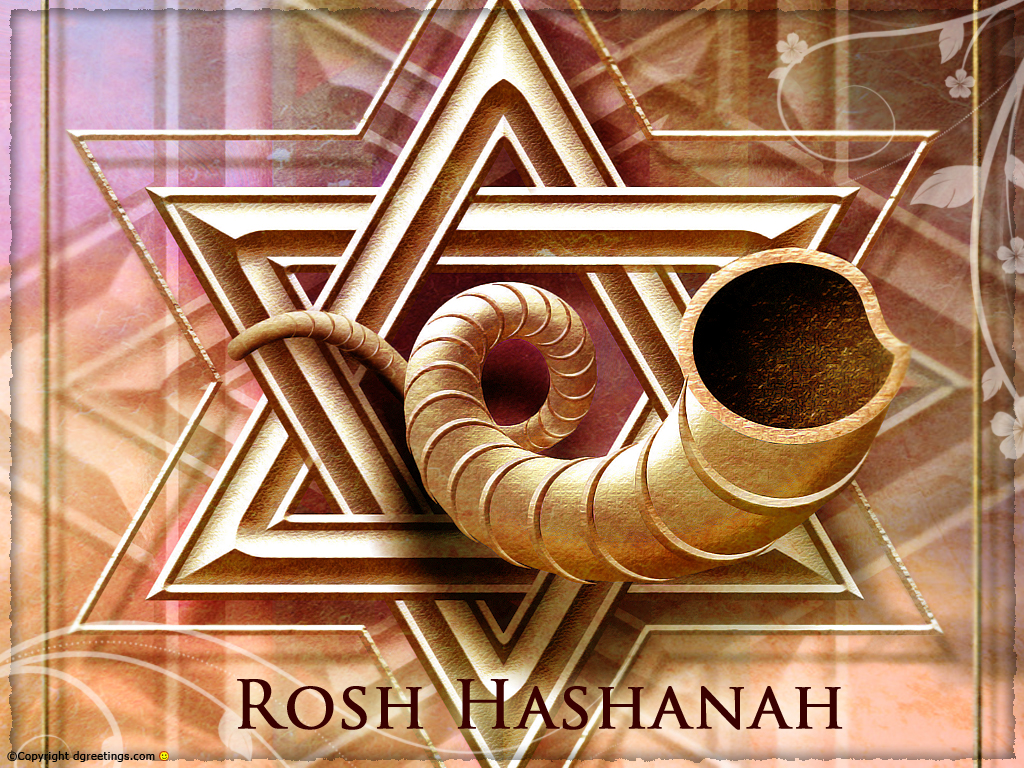

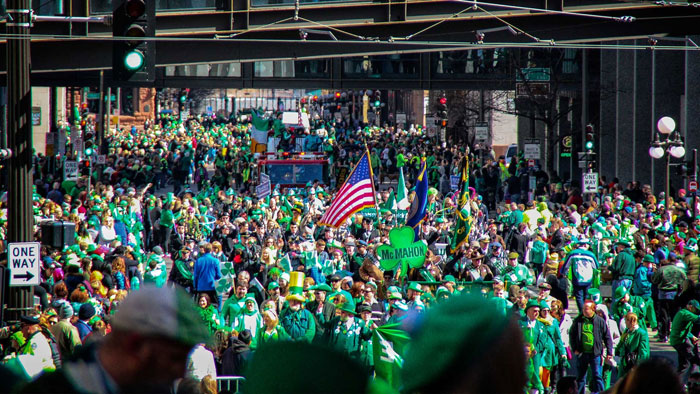






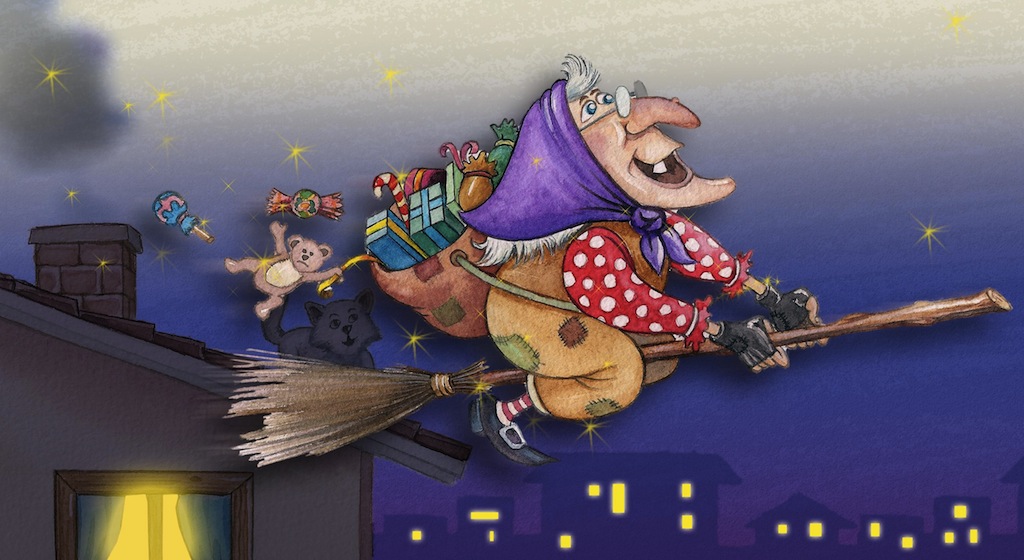


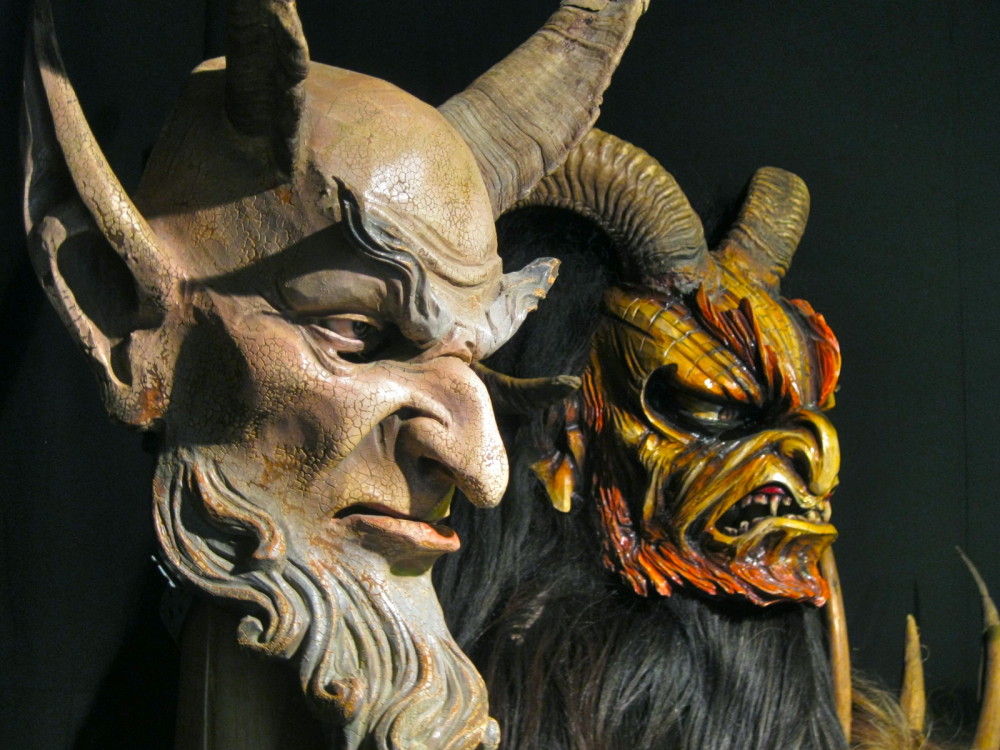
 Kelly R. Smith is an Air Force veteran and was a commercial carpenter for 20 years before returning to night school at the University of Houston where he earned a Bachelor’s Degree in Computer Science. After working at NASA for a few years, he went on to develop software for the transportation and financial and energy trading industries. He has been writing, in one capacity or another, since he could hold a pencil. As a freelance writer now, he specializes in producing articles and blog content for a variety of clients. His personal blog is at
Kelly R. Smith is an Air Force veteran and was a commercial carpenter for 20 years before returning to night school at the University of Houston where he earned a Bachelor’s Degree in Computer Science. After working at NASA for a few years, he went on to develop software for the transportation and financial and energy trading industries. He has been writing, in one capacity or another, since he could hold a pencil. As a freelance writer now, he specializes in producing articles and blog content for a variety of clients. His personal blog is at 
